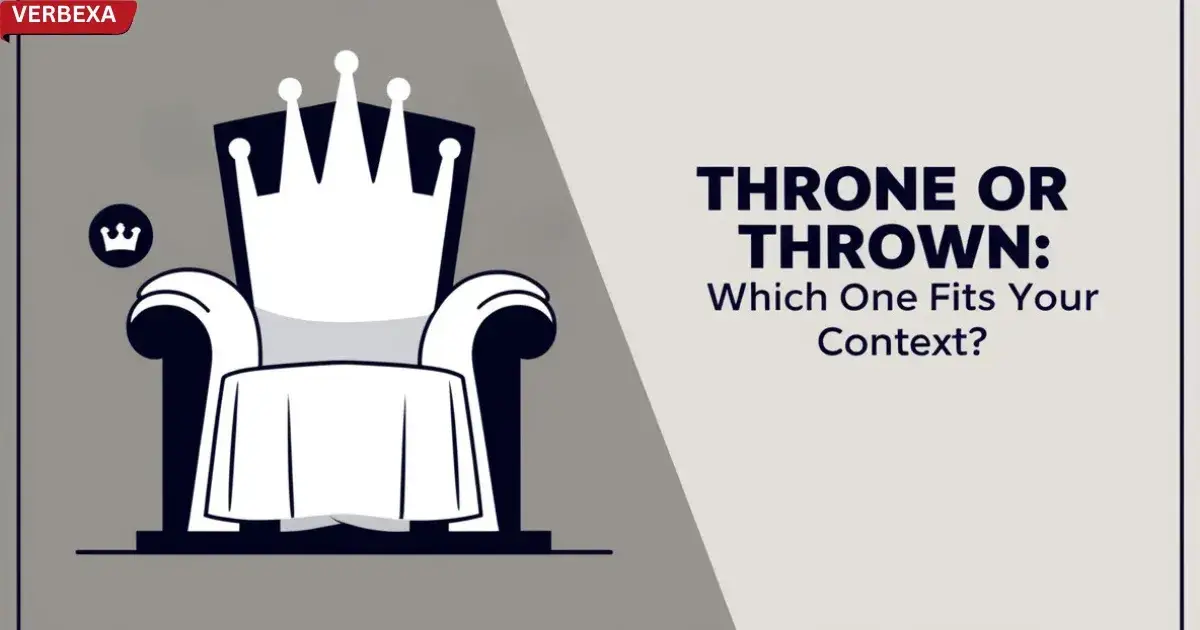Have you ever found yourself puzzled about whether to use throne or thrown? These homophones sound identical but carry dramatically different meanings, creating a linguistic labyrinth that can trip up even seasoned writers. Imagine describing a royal scene and accidentally suggesting the king was thrown instead of sitting on his throne – talk about a royal mishap!
Understanding the nuanced differences between throne and thrown is crucial for clear communication. This article will help you understand the crucial differences between these two words, equipping you with the knowledge to use them correctly in any situation. Let’s delve into the nuances of how to spell thrown for a king and when to use throne or thrown.
Definitions and Semantic Entities
Throne: The Seat of Royalty and Power
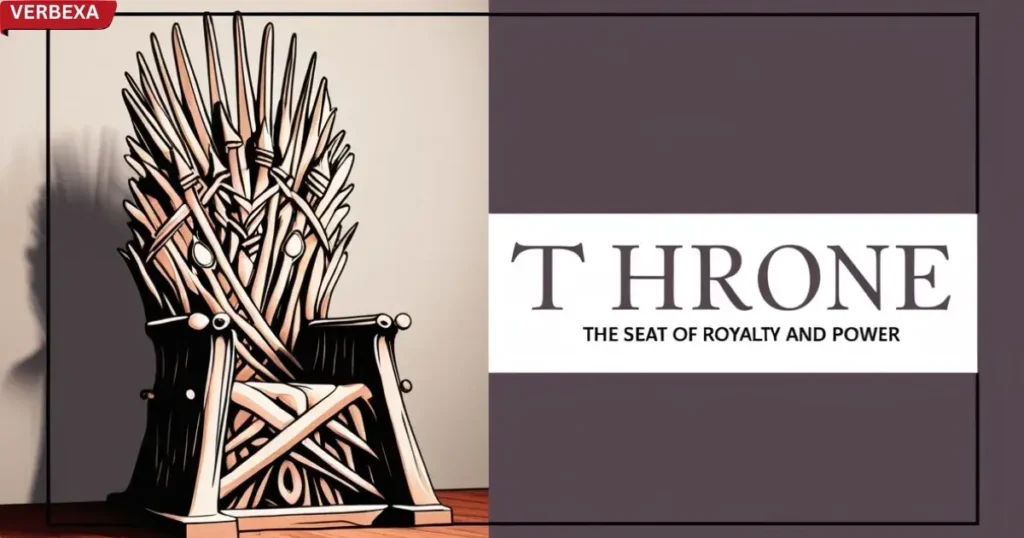
A throne is a ceremonial chair typically associated with monarchs and royal authority. It symbolizes:
- Prestige of leadership
- Power and authority
- A symbolic representation of royal governance
Example Scenarios:
- The king ascended to the throne during his coronation ceremony.
- Queen Elizabeth II sat on her ornate throne during the royal jubilee.
Thrown: The Dynamic Past Participle
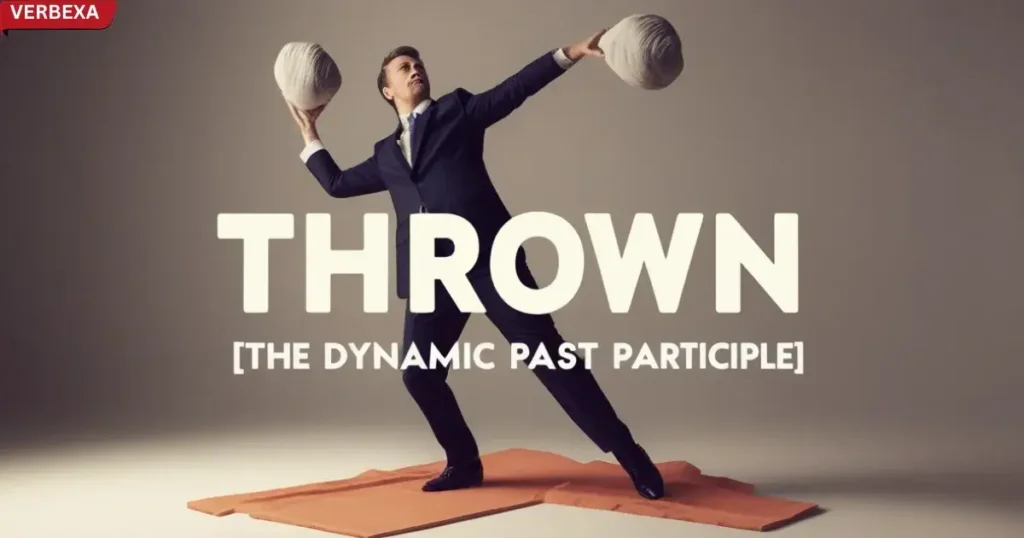
Thrown is the past participle of the verb “throw,” meaning to propel something through the air with force. It represents:
- Physical action of casting
- Displacement of objects
- Unexpected movement
Example Scenarios:
- The pitcher thrown the baseball across the field.
- He was thrown from his bike during the mountain race.
Synonyms Exploration
Throne Synonyms:
- Seat of authority
- Royal chair
- Imperial seat
- Monarch’s chair
- Regal throne
- Sovereign’s seat
- Ceremonial chair
- Royal dais
- Majestic seat
- Coronation chair
Thrown Synonyms:
- Tossed
- Hurled
- Propelled
- Flung
- Catapulted
- Launched
- Projected
- Cast
- Dispatched
- Slung
Comparison Table: Throne vs Thrown
| Aspect | Throne | Thrown |
|---|---|---|
| Definition | Ceremonial seat for royalty | Past participle of “throw” |
| Part of Speech | Noun | Verb (past participle) |
| Context | Royal ceremonies, leadership | Physical actions, displacement |
| Example Usage | Sitting on the throne | Ball thrown across the field |
When to Use Each Term: Practical Tips
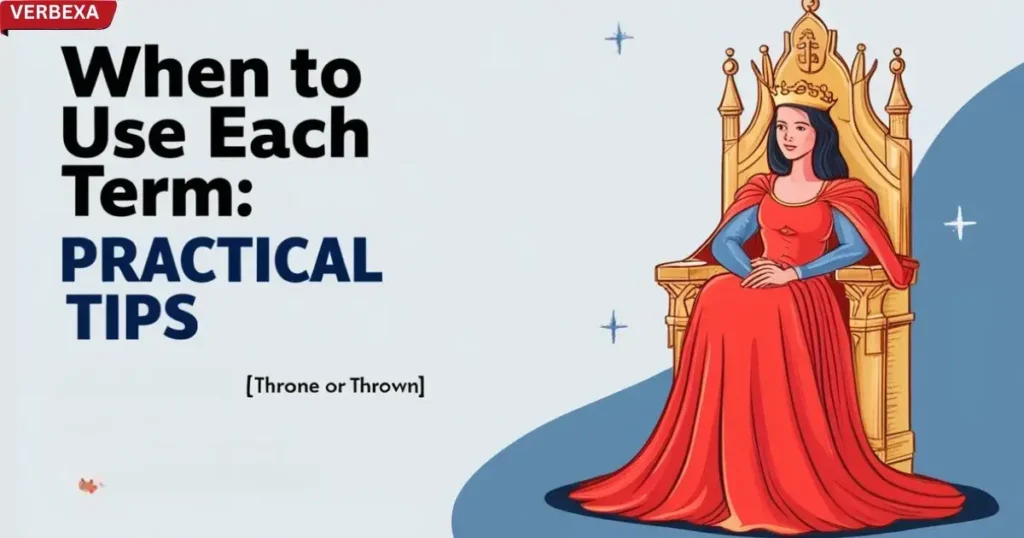
Using Throne
- Describing royal settings
- Discussing monarchical systems
- Referencing ceremonial leadership
Using Thrown
- Describing physical actions
- Explaining movement or displacement
- Discussing objects in motion
Considering the context is paramount to avoiding confusion. How to spell thrown for a king might seem confusing, but the answer is simple: you would not use thrown in relation to a king’s seat unless you are speaking figuratively.
Everyday Usage Examples
Throne Context:
- The young prince eagerly anticipated ascending to the throne.
- During the coronation, she was presented with the royal throne.
Thrown Context:
- The baseball was thrown with incredible precision.
- She was accidentally thrown from her horse during the race.
Pronunciation and Spelling Tips
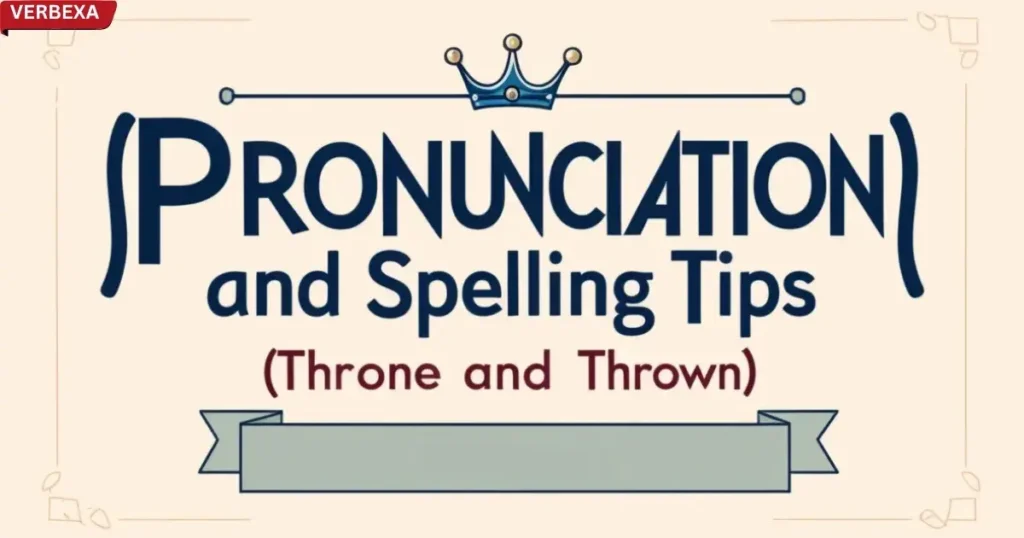
- Throne is pronounced like “th-rohn”
- Thrown sounds like “th-rohn” but means something entirely different
- Remember: Throne = royal seat, Thrown = past action of throwing
Common Mistakes to Avoid
Bold warning signs:
- Don’t confuse the stationary throne with the dynamic thrown
- Context is key in distinguishing these homophones
- Always double-check your usage in writing
FAQs
What is a throne?
A throne is a ceremonial seat, typically for a monarch or ruler, symbolizing their authority and power. It’s a significant symbol of royalty and national identity.
How do you spell “thrown like a king’s throne”?
The phrase is incorrect; “thrown” is the past participle of “to throw.” The correct term for a king’s seat is “throne.”
What is a king’s chair called?
A king’s chair is referred to as a throne, a term denoting the ceremonial seat of a monarch. It’s a symbol of royal power and authority.
Conclusion: Mastering the Royal Linguistic Landscape
Understanding the difference between throne and thrown transforms you from a casual speaker to a linguistic maestro. By recognizing their unique contexts and applications, you’ll communicate with precision and confidence.
The trickiest part is remembering that, while they sound alike, they have very different meanings; even finding a homophone for thrown that fits the context of royalty would be difficult. Never again will you struggle with how to spell thrown for a king; you’ll know instinctively to use “throne” instead.
Remember: A king sits on a throne, but objects get thrown across rooms!
Quick Recap
- Throne: Ceremonial seat of royalty
- Thrown: Past participle of throwing
- Context determines correct usage
Embrace these homophones as an opportunity to showcase your linguistic finesse!

This author is a passionate linguist and grammar enthusiast, dedicated to helping individuals master the art of language. With years of experience in teaching and editing, she brings clarity and precision to every sentence. Tina’s mission is to empower writers of all levels to express themselves with confidence and excellence.

